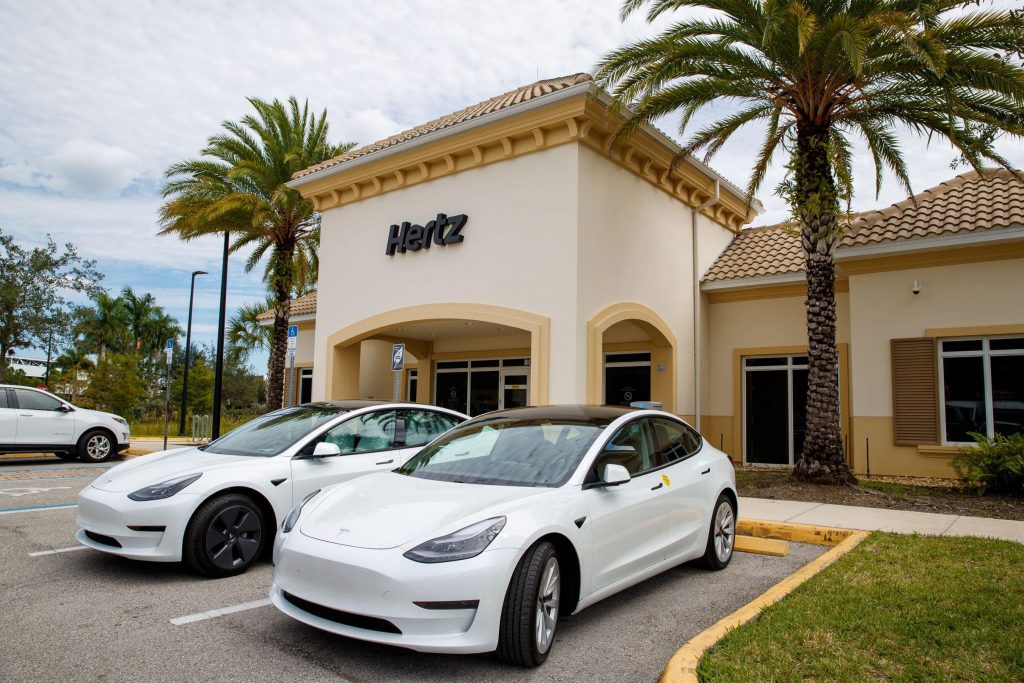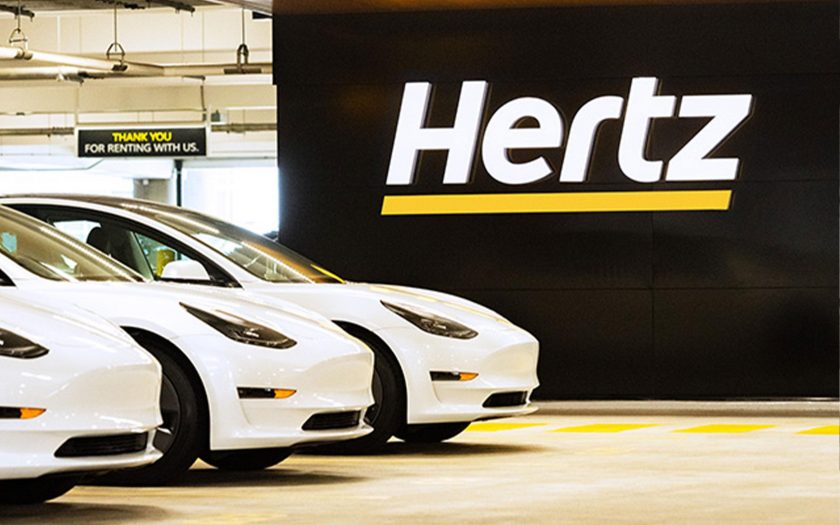THERE IS SURE TO BE more to the story that Hertz (US) is culling its roughly 50,000 EVs, reducing the number on the fleet by a substantial 20,000.
According to reports, Hertz “expects to reinvest a portion of the proceeds from the sale of EVs into the purchase of internal combustion (ICE) vehicles to meet demand.”
One of the reasons initially given was that, according to Hertz, “collision and damage repairs on an EV can often run about twice that associated with a comparable combustion engine vehicle.”
Now that’s an interesting statement, because EVs are famously less expensive to service, so it would appear the real cost factor is collision repair costs.

Tesla would appear to in the cross hairs, especially since fully 80 percent of the Hertz EV fleet are Teslas. According to Stephen Scherr, Hertz US CEO, “There’s quite a bit of a cost element that relates to the Teslas as opposed to others.” He went on to comment that GM’s EVs incur lower parts and labour costs for repairs (and, incidentally, have a larger parts and repair network across the US).
Another factor in the Hertz decision is the plummeting value of EVs, in part spurred by Telsa’s recent steep price cuts. This means Hertz has bought high and as the need arises, must sell low. Hertz commented, “The MSRP (manufacturer’s suggested retail price) declines in EVs over the course of 2023, driven primarily by Tesla, have driven the fair market value of our EVs lower as compared to last year, such that a salvage creates a larger loss and, therefore, greater burden.”
Also affecting the Hertz decision was their aggressive strategy of a complimentary rideshare initiative that supplied EVs to rideshare drivers in markets with favourable EV licensing benefits, including Uber. Unfortunately for Hertz, lack of driver experience and education with the use and maintenance of EVs, couple with the more taxing usage associated with rideshare, resulted in an increase in problems and costs for that part of its fleet.
The decision to hit the market with 20,000 used EVs (albeit “in an orderly fashion” throughout 2024) won’t do anything for EV resale values across the market in the US.
In 2021, Hertz announced that it planned to order 100,000 Tesla EVs by the end of 2022 but according to a report by CNBC, the fleet included 50,000 electric cars and only 35,000 Teslas as of October 2023. This fell far short of its prediction that EVs would comprise 25 percent of the fleet by the end of 2024.
However, Hertz is not abandoning the EV segment. “The Company will continue to execute its strategy around EV mobility and offer customers a wide selection of vehicles,” stated in its SEC filing. “The Company continues to implement a series of initiatives that it anticipates will continue to improve the profitability of the remaining EV fleet.” Hertz has not changed its agreements to buy a significant number of new EVs from GM and Polestar, but time will tell if that situation changes.
